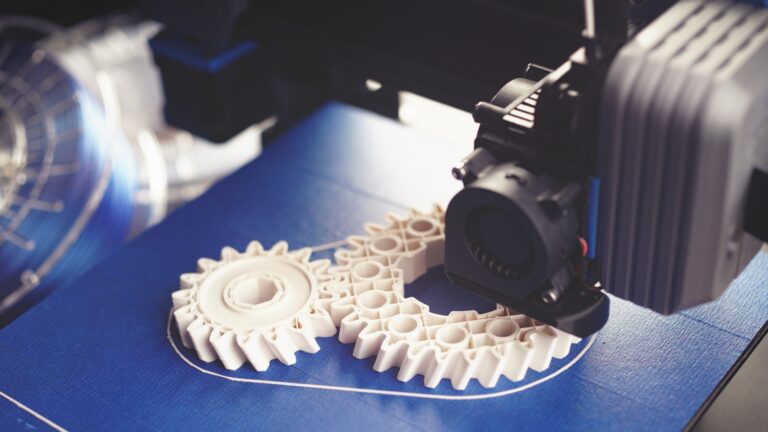Sustainable design has evolved from being a niche interest into a central focus for industries that shape our built environment. Companies, architects, and product developers are increasingly expected to reduce waste, optimize resources, and create eco-friendly solutions without compromising creativity or performance.
One of the most effective ways to meet these demands is through the use of digital 3D prototyping and visualization tools. These technologies enable teams to experiment, refine, and validate sustainable strategies before physical production begins, which saves both time and resources while minimizing environmental impact.
Why Digital Prototyping is Crucial for Sustainable Design
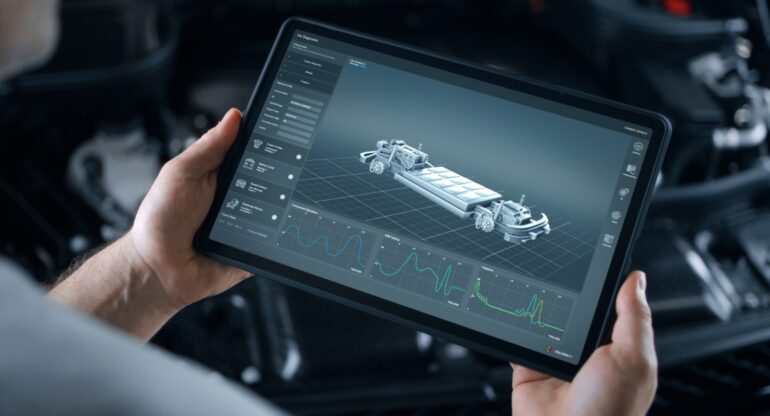
The essence of sustainability lies in doing more with less. Traditional prototyping methods often rely on costly materials and multiple iterations, leading to waste that is neither environmentally nor financially sustainable.
Digital 3D prototyping replaces this with a streamlined approach that simulates real-world conditions in a virtual environment.
By testing and refining ideas digitally, designers can:
- Eliminate unnecessary waste by avoiding repeated production of physical prototypes.
- Optimize energy efficiency by simulating airflow, lighting, and insulation before construction.
- Validate structural integrity with fewer physical resources.
This shift allows sustainable design to move from theoretical ideals into practical, measurable outcomes.
In fact, many design teams now treat virtual prototyping as their default approach, only moving to physical production once digital iterations have proven both functional and eco-friendly.
Turning Concepts Into Reality with AI-Driven 3D Modeling
One of the most exciting advancements in sustainable design comes from the ability to convert ideas, sketches, or even photos into functional 3D assets.
With tools powered by artificial intelligence, the process is faster and more accessible than ever.
For instance, platforms offering image to 3d model AI solutions can take a simple image and transform it into a digital object that can be analyzed, tested, or integrated into a broader design system.
This capability reduces the time between concept and prototype, while ensuring that resources are directed toward solutions that have already been validated in a virtual space.
It also opens opportunities for smaller firms and independent designers to adopt sustainable practices without investing in costly physical modeling.
As AI models improve, even non-technical professionals will be able to generate accurate prototypes, democratizing access to advanced sustainability tools.
Visualization Tools as a Driver of Collaboration
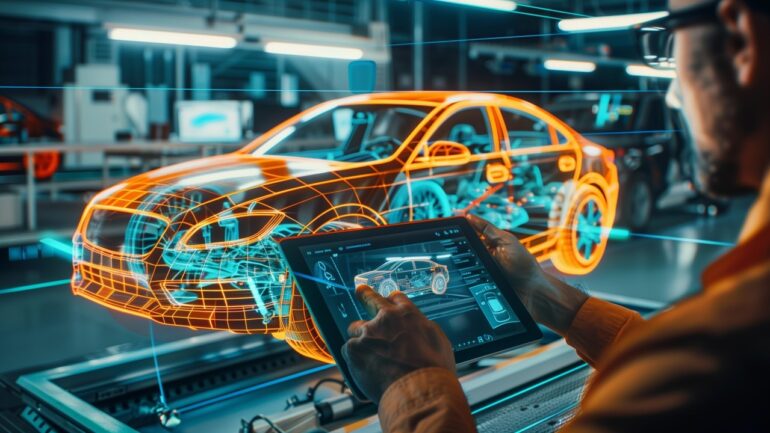
Visualization tools do more than create attractive renderings. They provide a shared platform where multiple stakeholders can understand the implications of a design. When sustainability is a priority, this clarity becomes crucial.
- Clients and investors can see how sustainable choices affect aesthetics and performance.
- Engineers and architects can coordinate efficiently on materials, energy efficiency, and construction methods.
- Regulatory bodies can review compliance with green building standards more effectively.
By creating a transparent and visually accurate representation of a project, digital visualization ensures that sustainability is not just an internal design priority, but a shared commitment across the development chain.
These tools also reduce the chance of costly misunderstandings, since everyone involved can clearly see how eco-conscious decisions play out in the final design.
Materials, Energy, and Resource Optimization in Virtual Environments
One of the biggest challenges in sustainable design is material selection.
Digital 3D environments allow professionals to model and compare the environmental impact of different options before committing to one.
This includes:
- Material life-cycle analysis: Assessing the durability, recyclability, and carbon footprint of potential choices.
- Energy modeling: Simulating heating, cooling, and lighting to understand long-term operational efficiency.
- Supply chain optimization: Testing the feasibility of using locally sourced or recycled materials.
These simulations bring measurable data into the design phase, helping teams make decisions that balance sustainability with cost and performance.
Rather than relying on assumptions, design choices can now be based on predictive modeling, which saves resources both at the production stage and throughout the product’s lifecycle.
Real-World Applications of Sustainable 3D Prototyping
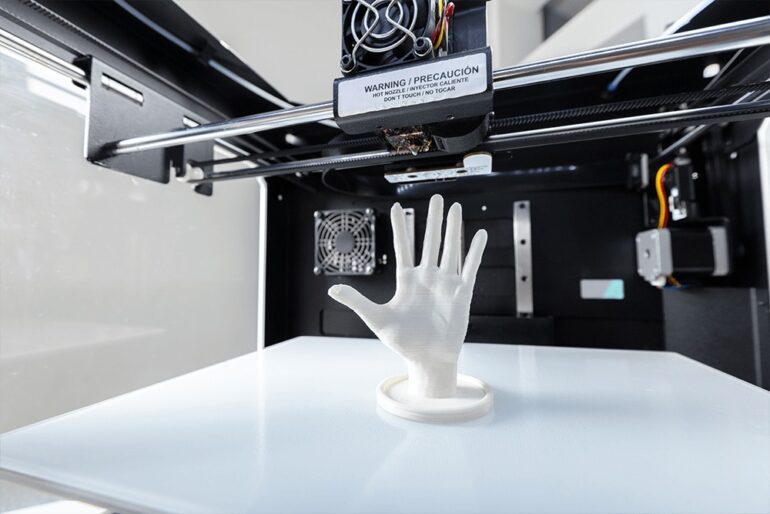
The adoption of 3D prototyping in sustainable design is not hypothetical – it is already shaping industries.
- Architecture: Firms use 3D visualization to design buildings that meet LEED or BREEAM certifications while still satisfying client expectations.
- Product Design: Consumer electronics companies digitally model components to reduce material usage and streamline assembly.
- Urban Planning: Cities leverage 3D mapping and modeling to plan green spaces, efficient transportation, and energy-saving infrastructure.
Each of these applications highlights how digital tools prevent wasteful trial-and-error, replacing it with informed, data-driven decisions. What was once a costly process accessible only to major firms is now spreading across industries of all sizes.
The Role of Education and Training
For sustainable design strategies to succeed, professionals need more than tools – they need the knowledge to apply them effectively.
Universities and design schools increasingly incorporate 3D prototyping into their sustainability courses, giving future architects and engineers hands-on experience with these methods.
Workshops and certifications also help professionals already in the field stay current.
By learning how to run simulations, interpret results, and integrate sustainability metrics into their design workflows, practitioners can avoid outdated methods and maintain competitive relevance.
This educational emphasis ensures that sustainable design is not just a passing trend but a skill set embedded into the future workforce.
Challenges and Future Opportunities
While digital prototyping and visualization tools offer remarkable benefits, challenges remain. Access to high-quality software and training can be limited for smaller firms.
Additionally, the accuracy of simulations depends on the quality of data inputs, which means incomplete data can undermine results.
Looking ahead, integration with technologies like digital twins and real-time IoT feedback will push sustainability even further.
Imagine a scenario where a building is not only designed for energy efficiency but continuously optimized throughout its lifetime using real-time performance data linked to its original 3D model.
This creates exciting opportunities for industries to move beyond static design and into dynamic, ongoing sustainability strategies.
Cost Savings as a Sustainability Incentive
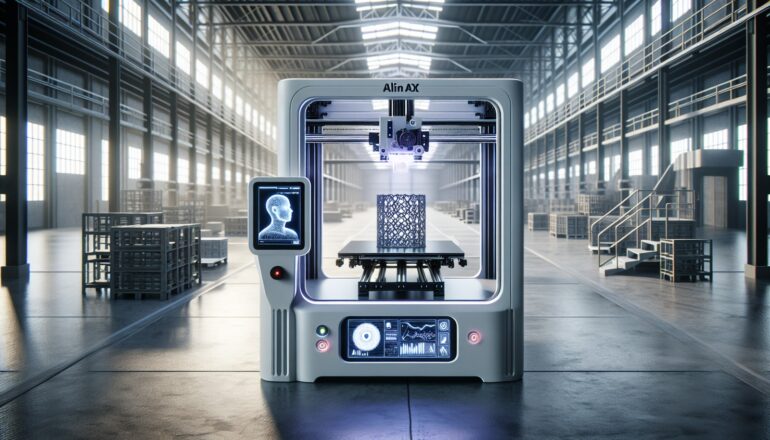
While the environmental benefits of digital prototyping are well known, the financial impact is equally compelling.
Companies adopting 3D prototyping often report measurable reductions in costs associated with materials, transportation, and labor.
For example:
- Reduced prototyping costs: Digital iterations replace expensive physical models.
- Lower material waste: Simulations ensure only the necessary materials are used.
- Operational savings: Buildings optimized for energy efficiency cut long-term utility expenses.
These cost advantages help businesses justify their investment in sustainable strategies. Sustainability is no longer framed as an expense but as a driver of profitability.
When companies see the bottom-line benefits alongside environmental gains, adoption becomes far more widespread.
Conclusion
Digital 3D prototyping and visualization tools are reshaping the way we approach sustainable design.
They allow teams to test, refine, and communicate ideas in ways that minimize waste, optimize resources, and engage all stakeholders in the sustainability journey.
By integrating AI-driven modeling, advanced visualization, and data-driven analysis, industries can move toward solutions that are not only efficient but also environmentally responsible.
As these tools become more accessible, sustainable design will no longer be a premium option—it will be the standard by which innovative and responsible projects are judged.

